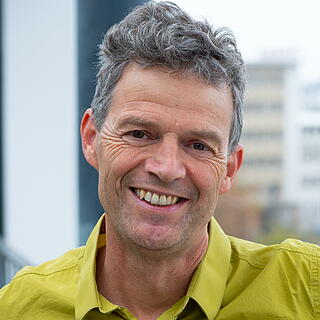Green Goal <sup>TM</sup> - Legacy Report
In June and July 2006 the world experienced a breathtaking football festival, and for the first time in the history of the World Cup the environment was on the programme. With Green Goal™, an innovative and ambitious environmental programme was successfully carried out at the 2006 FIFA World Cup™ in Germany, which pursued new paths for large sporting events. The Green Goal vision was both simple and demanding: adverse effects on the environment, which would inevitably be associated with the organization of the World Cup in Germany, should be reduced to the greatest extent possible. The Executive Board of the Organizing Committee (OC), with its President Franz Beckenbauer, regarded Green Goal from the very beginning as an integral part of the planning and organization of the tournament and a contribution towards the “sustainable legacy” of the World Cup.
In the summer of 2001 the OC decided to commission a comprehensive environmental concept for the World Cup; and at the beginning of 2002 it instructed a team of researchers from Öko-Institut and WWF Germany to draw up comprehensive, ambitious guidelines and environmental objectives for the 2006 FIFA World Cup. The Federal Environment Ministry supported and followed the progress of work on the concept right from the start, and the Deutsche Bundesstiftung Umwelt (DBU) (German Federal Environment Foundation) provided financial support for the preparation and realization of the concept. By the spring of 2003 the researchers had developed ambitious, measurable environmental objectives for waste, energy, transport and water; and, with regard to global climate protection, the organization of the 2006 FIFA World Cup was to have a neutral effect on the climate, as far as emissions within Germany – the area of responsibility of the OC – were concerned.
